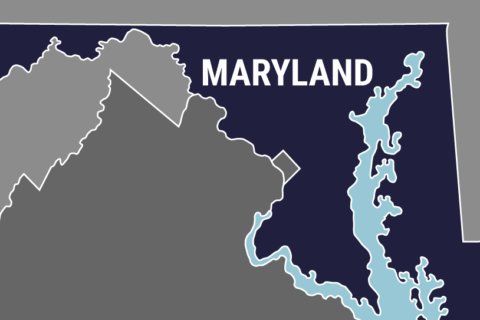Virginia and Maryland have released final details of the latest round of plans to protect and tidy the Chesapeake Bay.
Phase Three goals to improve the Bay’s health entail maintaining the agriculture practices from previous phases that will lead to reduced nitrogen, phosphorus and sediment in the bay.
Both sets of strategies, which were released on released Friday, include both states’ goals to achieve these reductions by the year 2025. The documents also take into consideration the effects of climate change and address plans to offset those effects that will be sustainable beyond that year.
Restoration aims include pollution reduction targets for agriculture, natural lands, septic, stormwater and wastewater and also takes into account the challenge of future needs due to both population and livestock growth.
In Maryland, Phase Three plans entail meeting pollution reduction goals through tree planting and streamside forest buffers to prevent pollutants from getting into waterways. There are also oyster reef restoration efforts and plans in both states.
Virginia’s document details 56 initiatives to support ongoing reduction goals, as well as implementation plans for each of the Commonwealth’s five river basins — Potomac River, Eastern Shore, Rappahannock River, York River, and James River — that drain into the bay.
The Commonwealth also plans to continue state and local efforts to help farmers with runoff reduction of excess nutrients and sediment as well as manure management practices.
Read more about the third phase of Maryland’s Watershed Implementation Plan.
Read more about the third phase of Virginia’s Watershed Implementation Plan.







